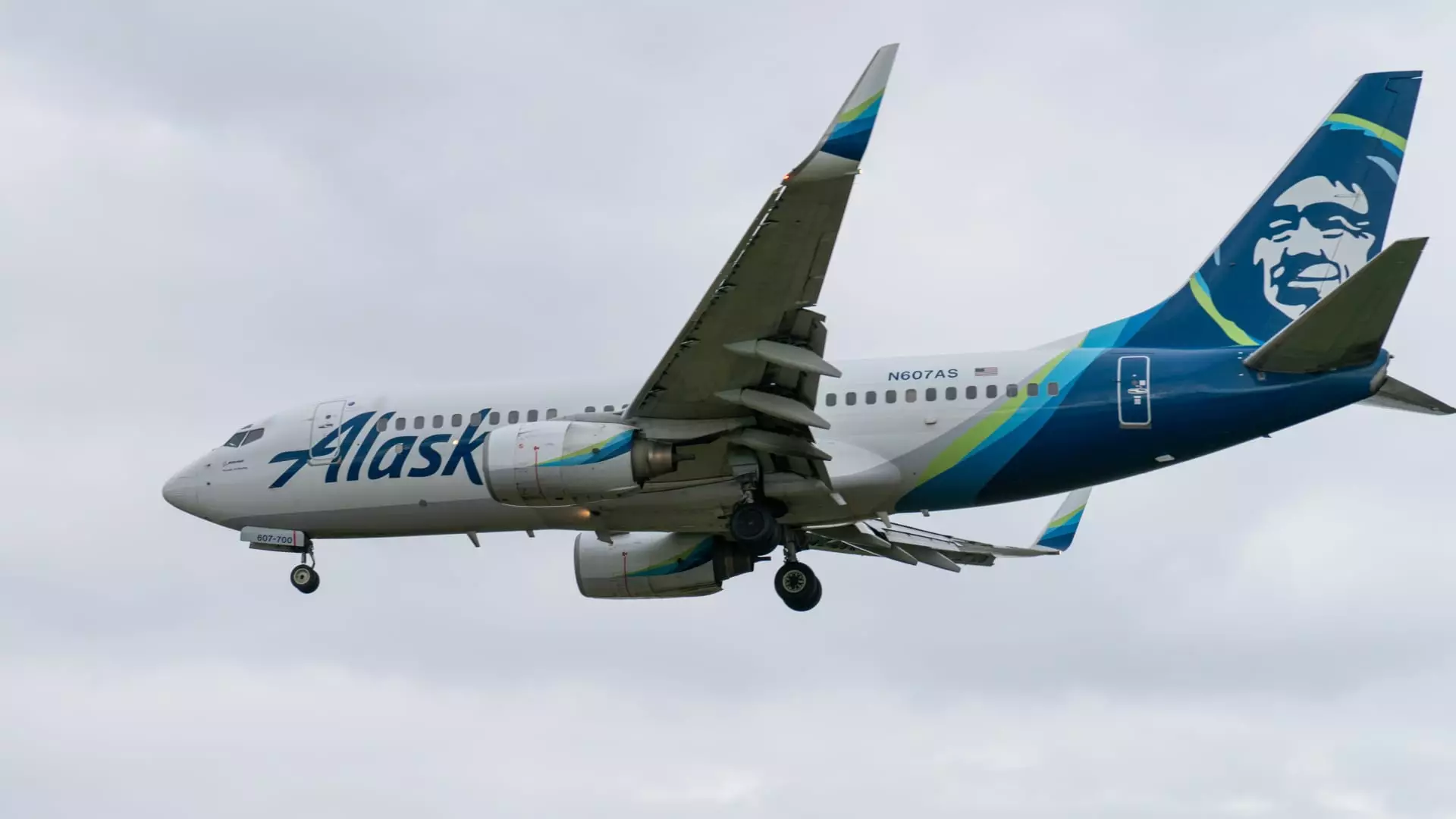The proposed merger between Alaska Airlines and Hawaiian Airlines, valued at approximately $1.9 billion, is on the cusp of coming to fruition following clearance from the U.S. Justice Department last month. The U.S. Department of Transportation (DOT) has established specific conditions that the airlines must meet to proceed with combining their operations. This agreement not only points to a significant consolidation within the airline industry but also holds crucial implications for the airline reward systems and route sustainability that consumers rely on.
One of the pivotal aspects highlighted by the DOT pertains to the safeguarding of existing loyalty programs—the HawaiianMiles and Alaska Mileage Plan. The requirement that miles accrued before the merger remains valid and transferable at a one-to-one ratio serves to protect longtime customers of both airlines. This stipulation acknowledges the importance of customer loyalty in the highly competitive airline landscape and alleviates concerns that a merger could diminish the value of collected points, which are pivotal for frequent flyers.
Commitment to Rural and Interisland Services
Equally important is the emphasis on maintaining “essential air support” for rural communities and the existing service levels for routes connecting the Hawaiian Islands. This commitment is particularly critical given the unique geography of Hawaii, where air travel often serves as the primary means of transportation between islands and to the mainland. The DOT’s insistence on preserving these services reflects a broader recognition of the airline’s integral role in connecting isolated communities and ensuring their continued accessibility.
In response to the merger’s progression, Alaska Airlines announced the formation of an interim transition team tasked with overseeing this integration. Joe Sprague, currently serving as the regional president for Hawaii, will step into the role of CEO at Hawaiian Airlines post-merger. His leadership through the transition is anticipated to be vital as the airlines seek to synchronize their operations and achieve a unified operating certificate from the Federal Aviation Administration (FAA).
Impacts on the Market and Customer Experience
The merger’s initial market response saw Hawaiian Airlines’ stock surge nearly 4%, indicating investor confidence in the venture. As the two airlines plan to maintain their individual brands while streamlining operations into a combined fleet of over 360 aircraft covering more than 130 destinations, customers might benefit from greater route options and potentially more competitive fares. However, it will be crucial for both airlines to ensure that their merged operations do not compromise service quality, particularly regarding policies like family seating and compensatory measures for flight disruptions, which are hallmark practices of Alaska Airlines.
As the Alaska Airlines and Hawaiian Airlines merger moves forward with the necessary regulatory approvals, there remains an air of cautious optimism. The balancing act between consolidation and consumer protection will be closely monitored by industry analysts and travelers alike. Ensuring that the rich traditions of both airlines are preserved while adapting to a more unified operational model will be critical. Ultimately, the success of this merger may set a precedent for future airline consolidations, with the potential to reshape customer experiences in ways not yet fully realized.


Leave a Reply